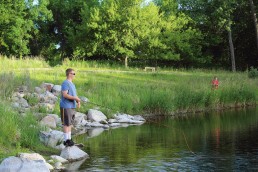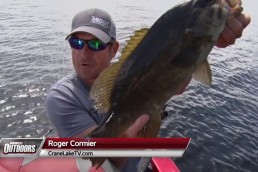Reading Lake Contours and Maps
SHARE THIS POST
Mark Strand is out on a Minneapolis Metro Lake demonstrating how to read and interpret lake contours and maps to help focus on productive water. Depending on how close the contours are together, determines how quickly the drop-off is. The closer the contours are, the faster the drop, more spread out contours means it is a gradual drop in depth. If you have really wide separated contours, that could indicate a flat. Flats are excellent target areas, as fish move around the flats in search of prey. Learning to understand and read lake maps and contours is critical if you want to be the most effective when out on the water.
Are you enjoying this post?
You can be among the first to get the latest info on where to go, what to use and how to use it!
MWO
SHARE THIS POST
Did you enjoy this post?
You can be among the first to get the latest info on where to go, what to use and how to use it!
MWO
We believe being outdoors is good. With more than 1,000 articles each year, MidWest Outdoors magazine is all about sharing outdoor experiences with you—where to go, what to use and how to use it… whether you’re close to home or on that trip of a lifetime.


